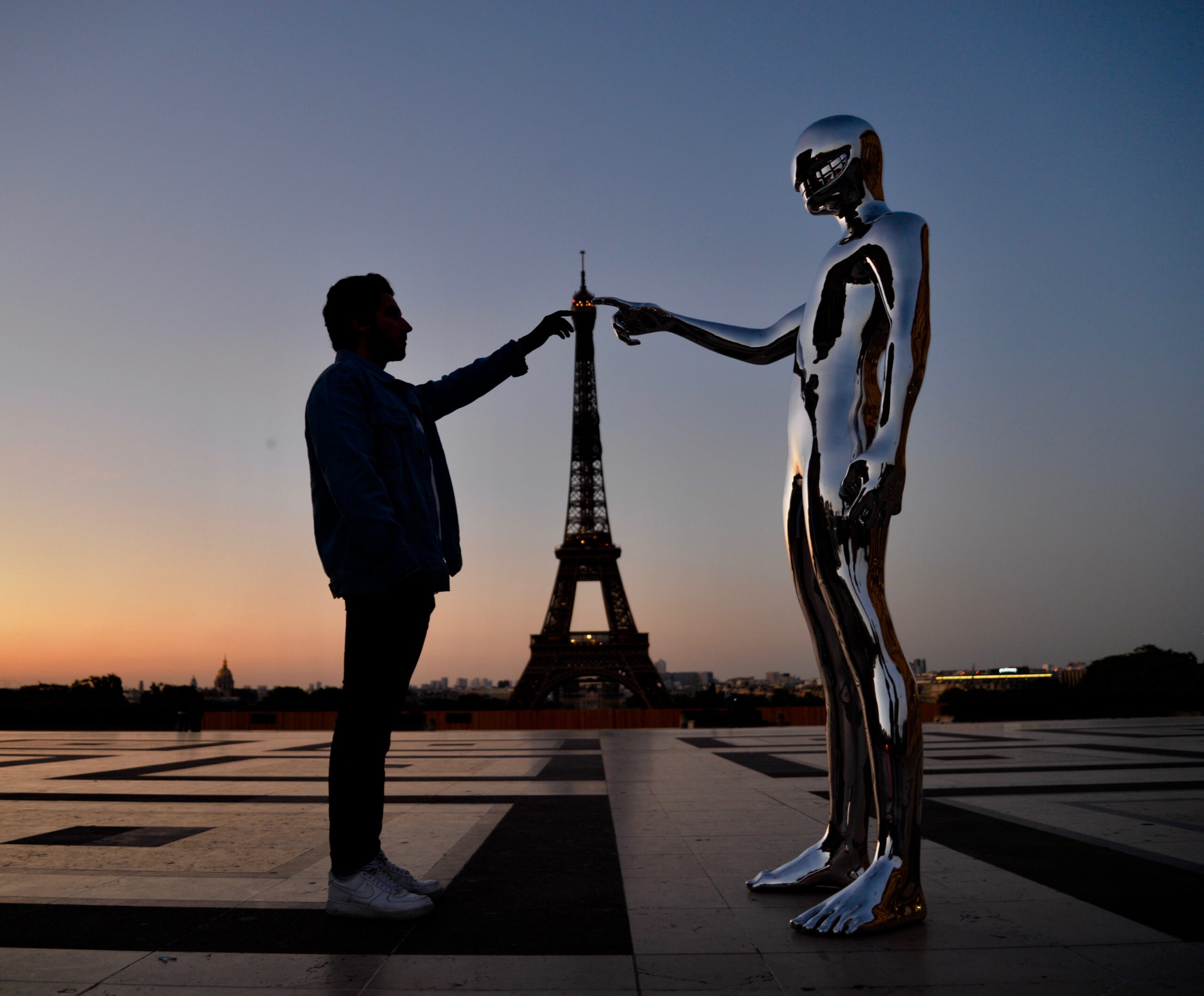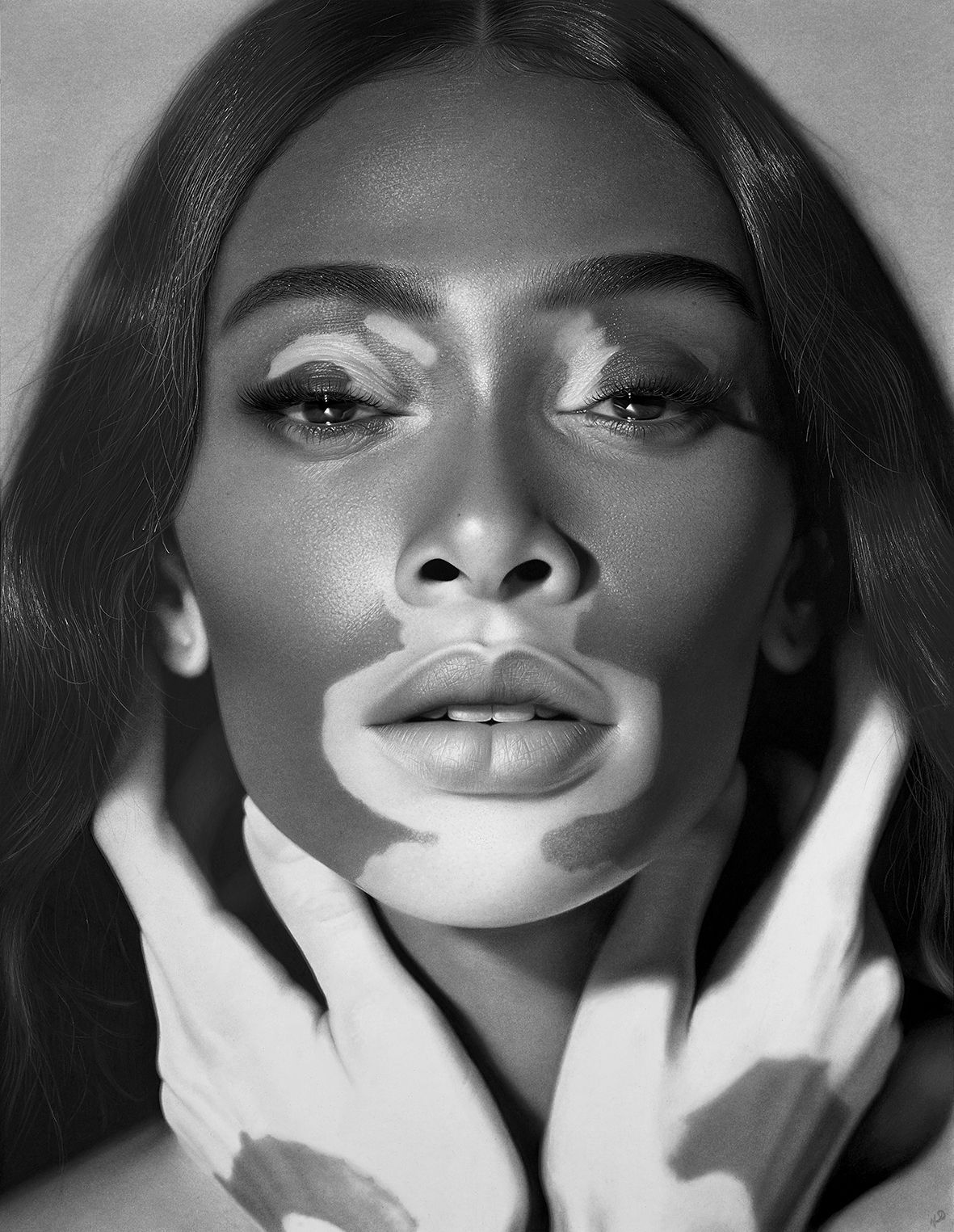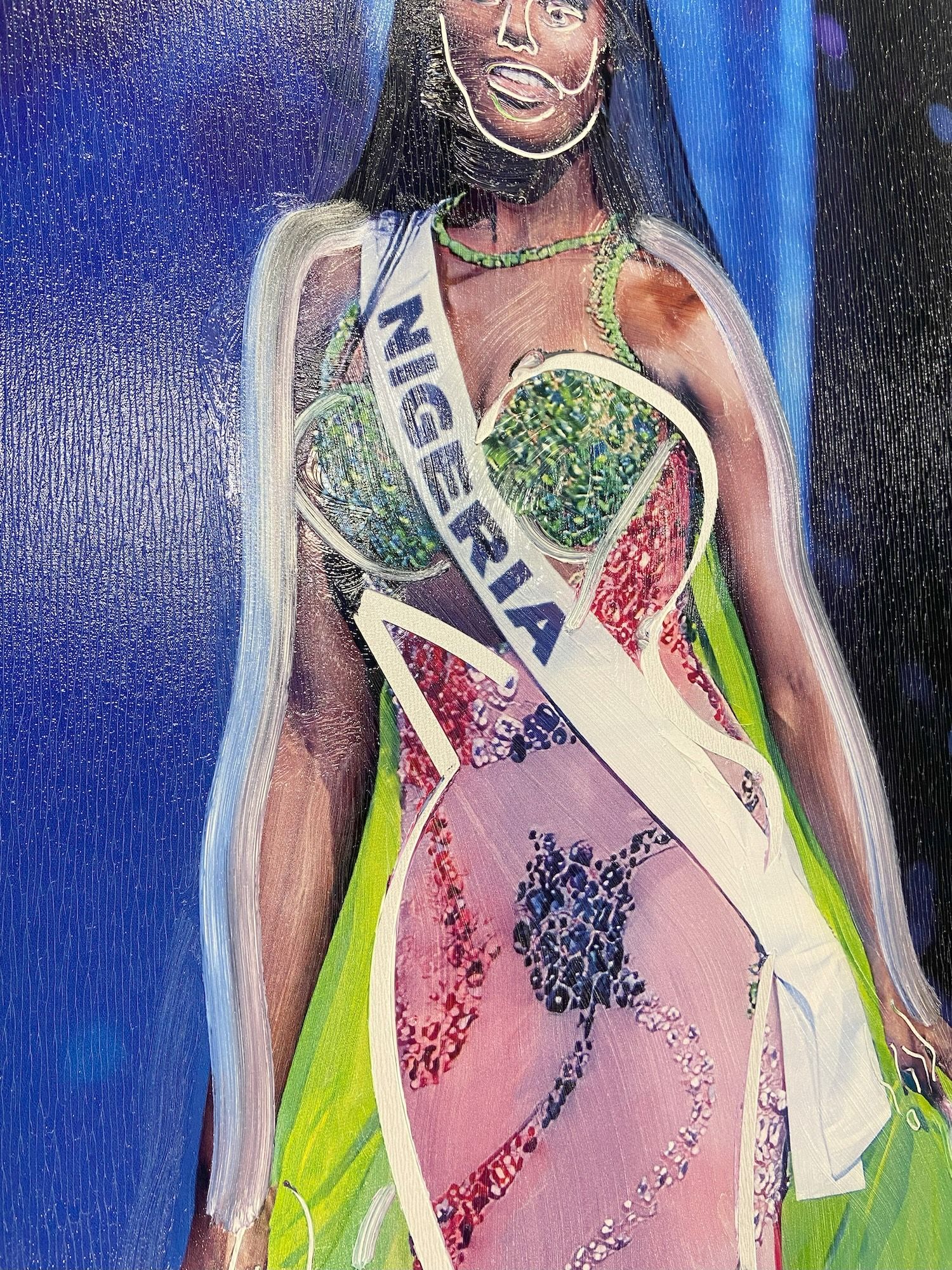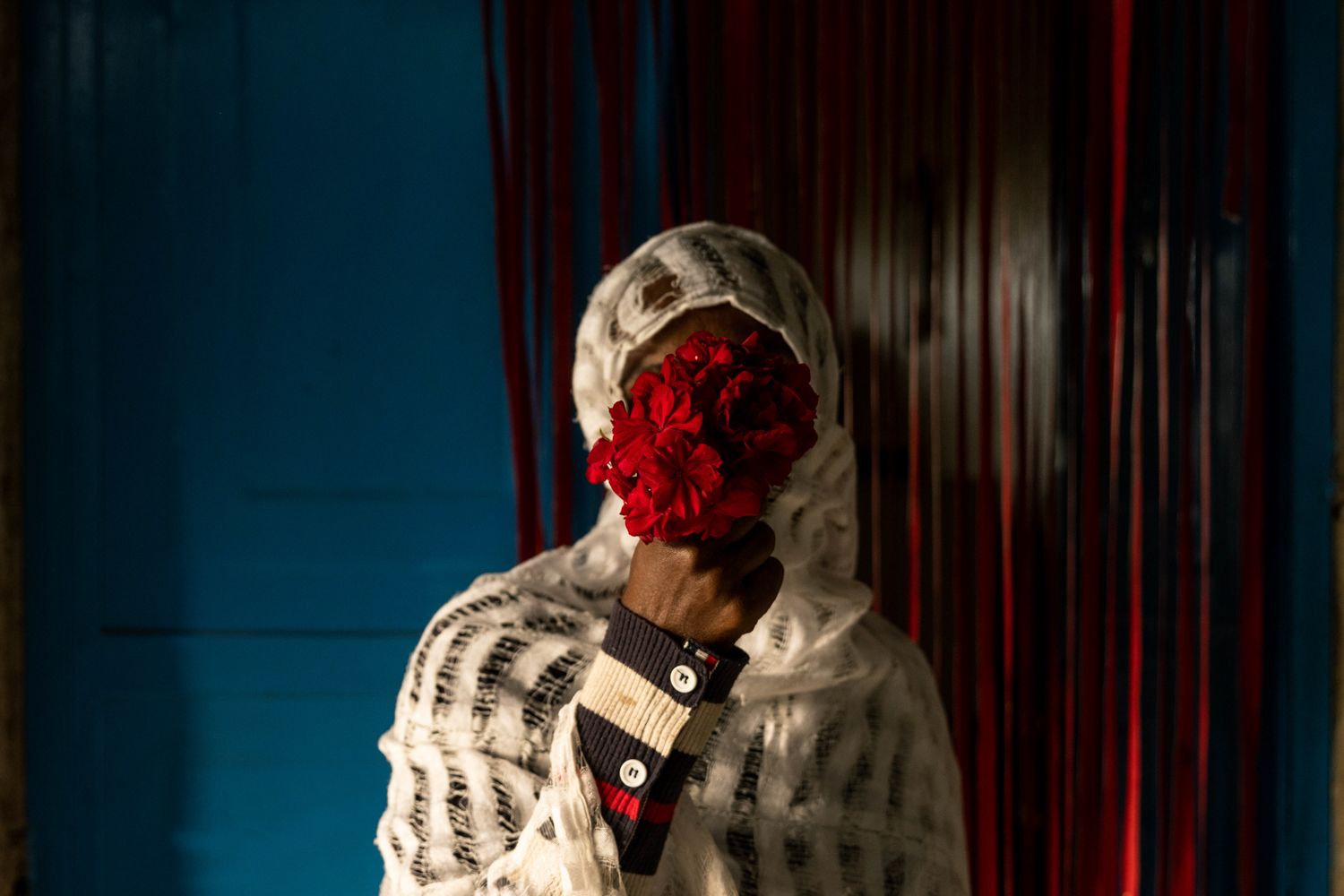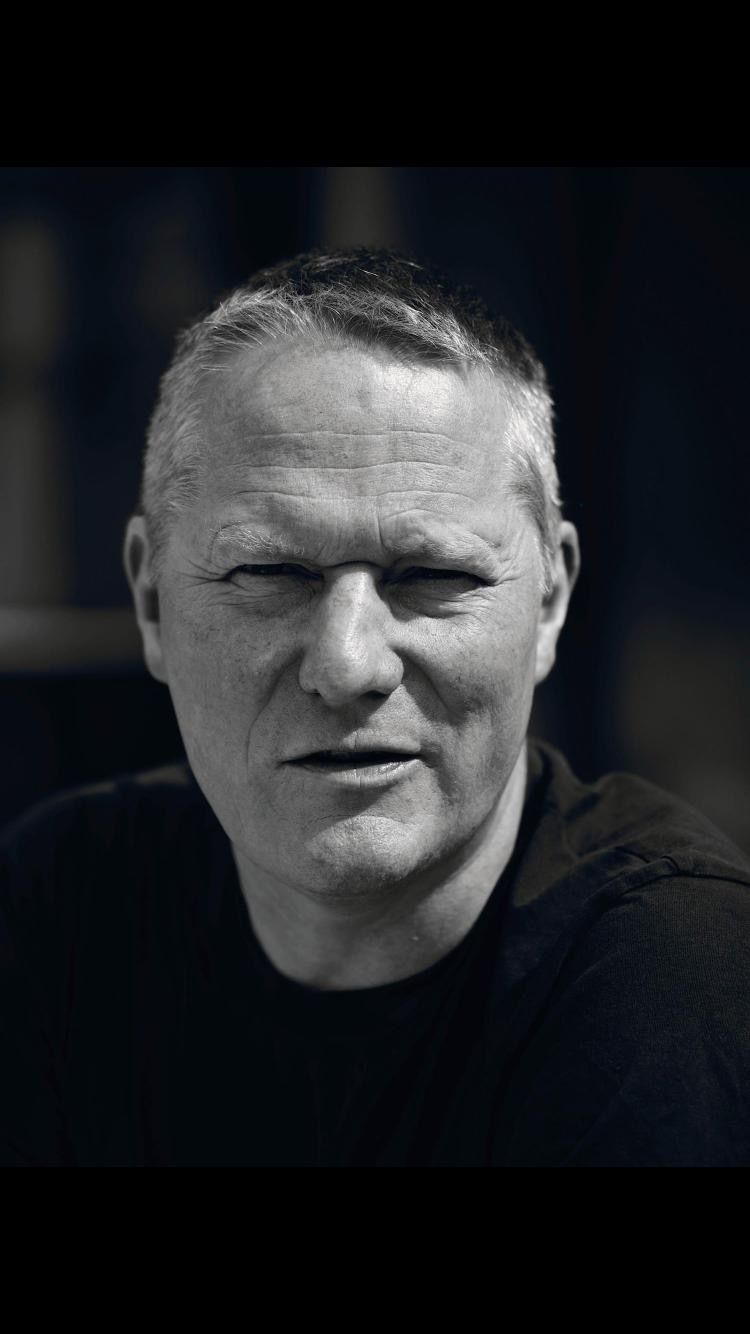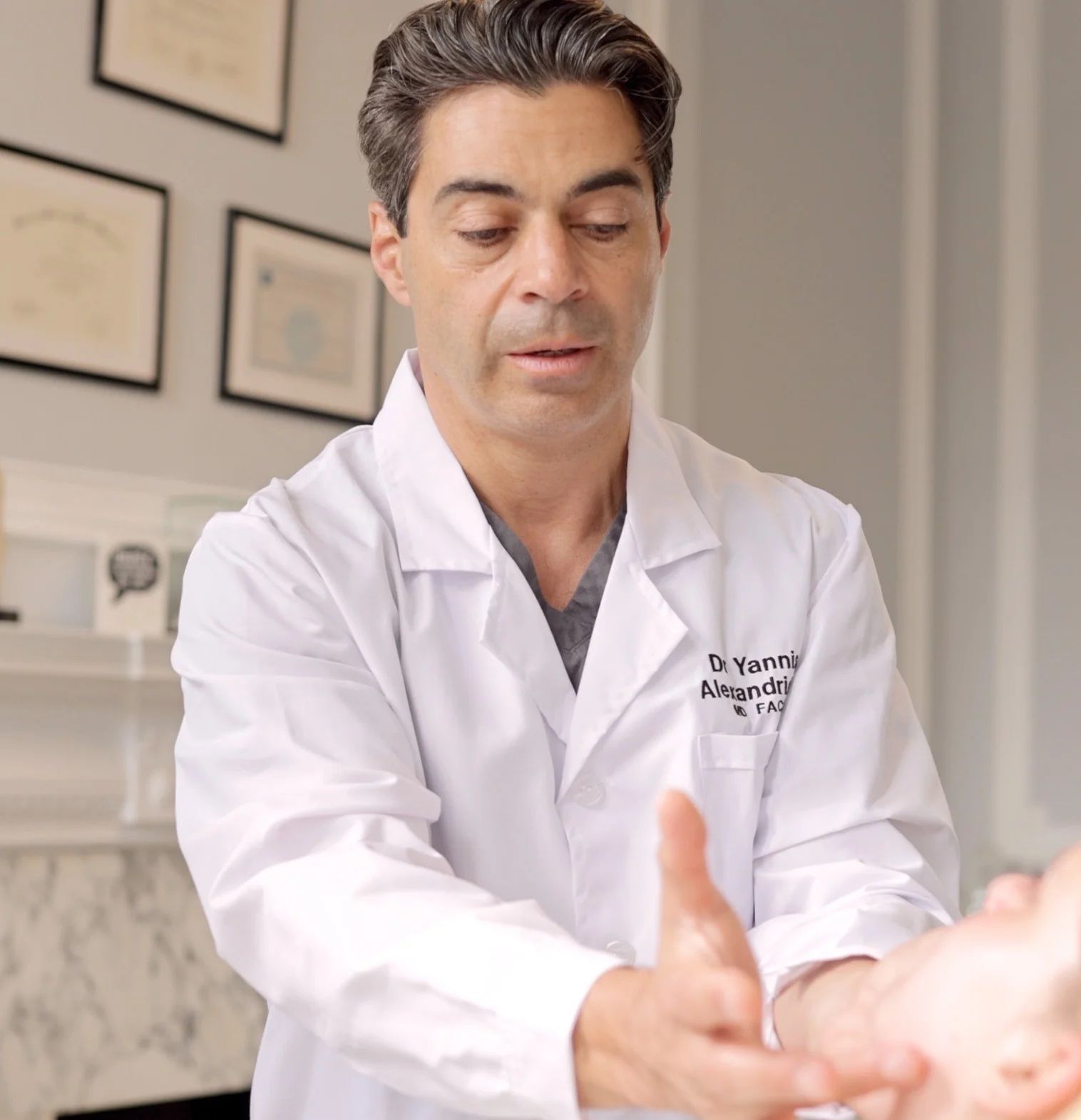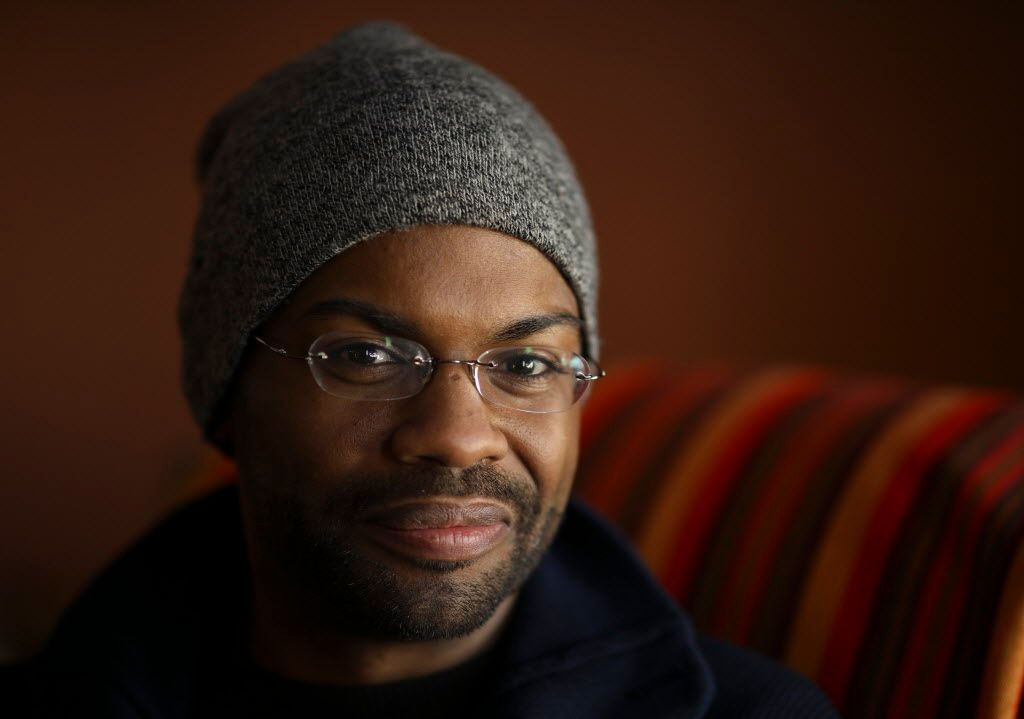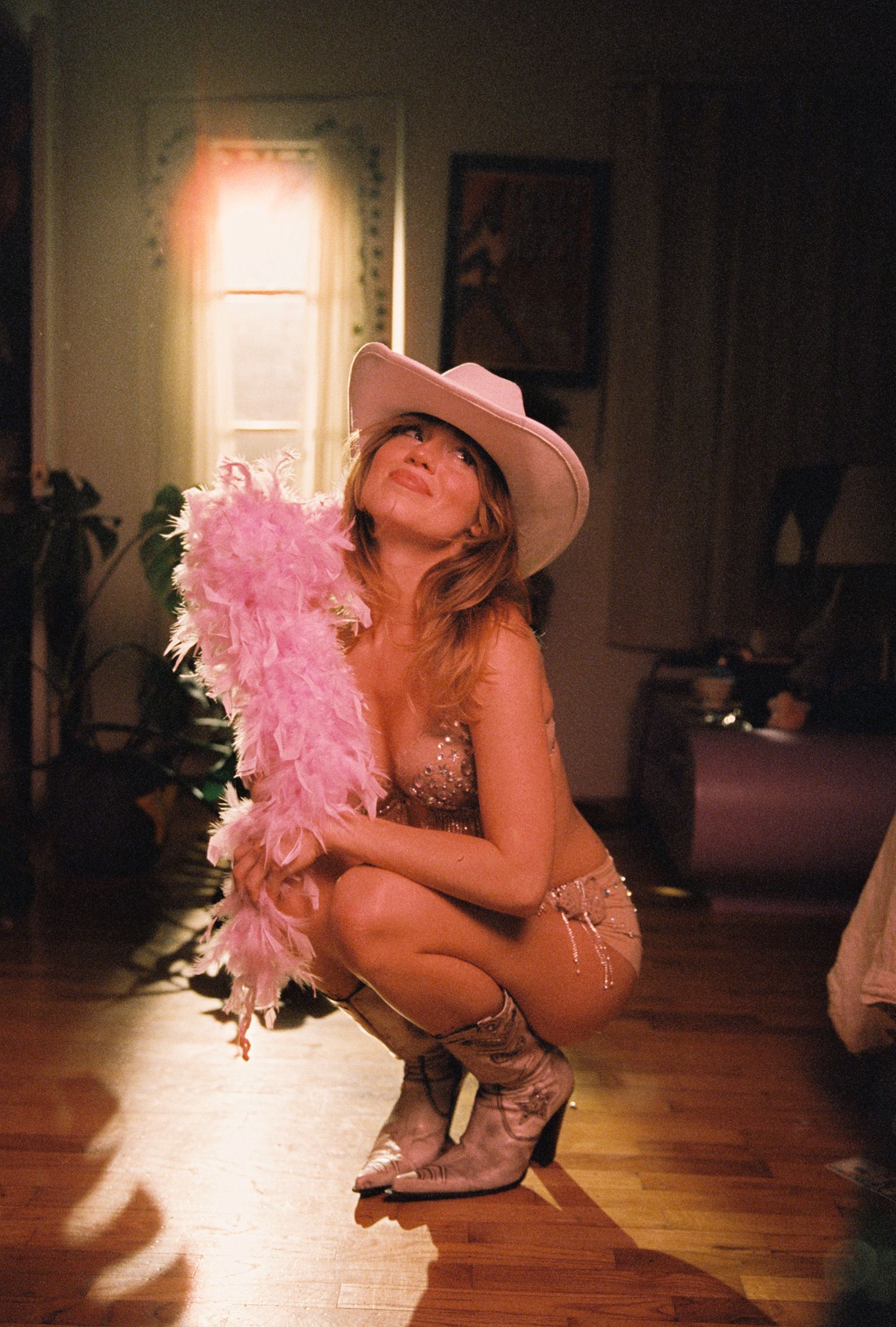Nicolas Dobkine is a young 27-year old French sculptor who has taken his 1st sculpture, a 7 foot aluminium man called Demiurge, around France.
From poolside at a 5-star Relais and Chateau Hotel, the Eiffel Tower, and a French castle, Nicolas has had to figure out a way to exhibit his artwork during the COVID-19 lockdown.
What is “Demiurge”?
(definition – a being responsible for the creation of the universe. The Maker or Creator of the world. A heavenly being, subordinate to the Supreme being, that is considered to be the controller of the material world and antagonistic to all that is purely spiritual)
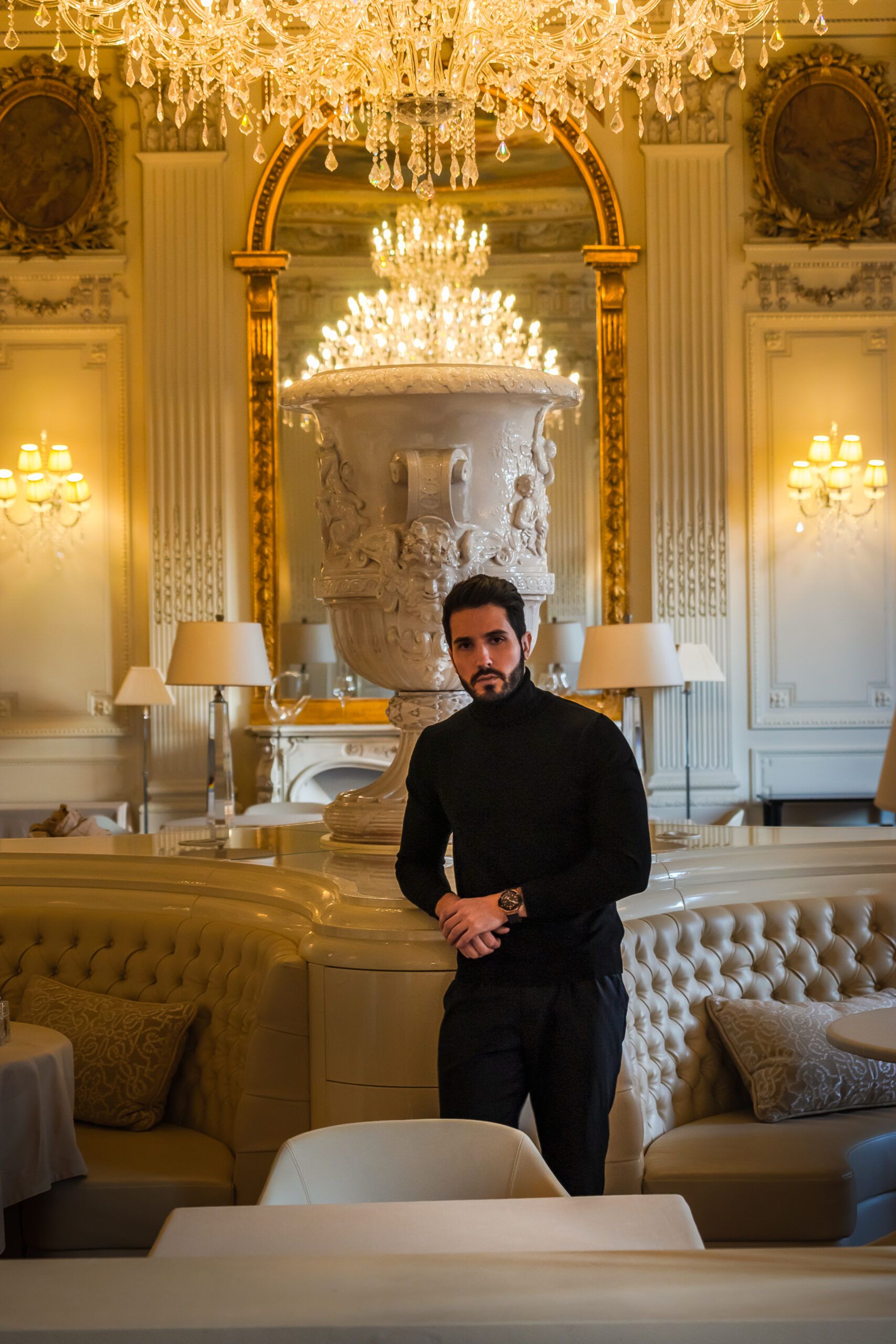
Nicolas Dobkine said “I decided to work around the concept of God from the creation of Adam by Michelangelo. The main idea is to modernize this concept from the 16th century and to recreate a modern conception of this representation and adapt it for the 21st century. While God may have created us, as humans we are at the origin of our own alienation and mental condition. Thus, I believe that an update of who we are and who we became since Michelangelo’s representation is fundamental.
I work on the new identity and cultural references of the man of the twenty-first century though the creation of artistic symbols that constitute the series Human Condition 12 Steps.
I wonder today what is the artistic symbolic reference that reflects our culture and identity as the human being of the 21st century? And if they are the same as those of the 16th century, aren’t they obsolete?
For example, Stage 1 – Michelangelo analogy, the created man becomes the creator man, creator of meaning, ideology, believes, societies…man is a demiurge. The old reference is the created man: the new reference of the XXI century is the creative man.
Nicolas is a self-taught artist, an “autodidact”, who is inspired through reading about philosophy, psychology, sociology, and anthropology.
Choosing the number 12 is no accident. Whether it is the 12 months of the year, the 12 labours of Hercules, the 12 zodiac and Chinese signs, Jesus’ 12 apostles, the 12 tribes of Israel or even the 12 Imams, the number has symbolically defined powerful cultural and spiritual believes in mankind’s history.
Beyond the symbolic aspect, the number 12 seems to embody the truth amongst the collective’s subconscious. A truth often scolded, diverted and hardly attainable.
The Human Condition’s 12 Steps series is found in eagerness to redefine and restructure the 21st century’s human identity. This ambition can also be found in the continuity of the endless archaic symbolism that remains over the centuries. However, those newfound symbols as part of the demystification and the DE spiritualization process that seeks to go back to the human soul, where they seemingly originate.
The 12 steps are embodied in the psychic image of the human being, a senseless being symbolising his incapacity to discover the truth. The sarcastic smirk symbolises the critic of humanity’s comic and its certitudes.
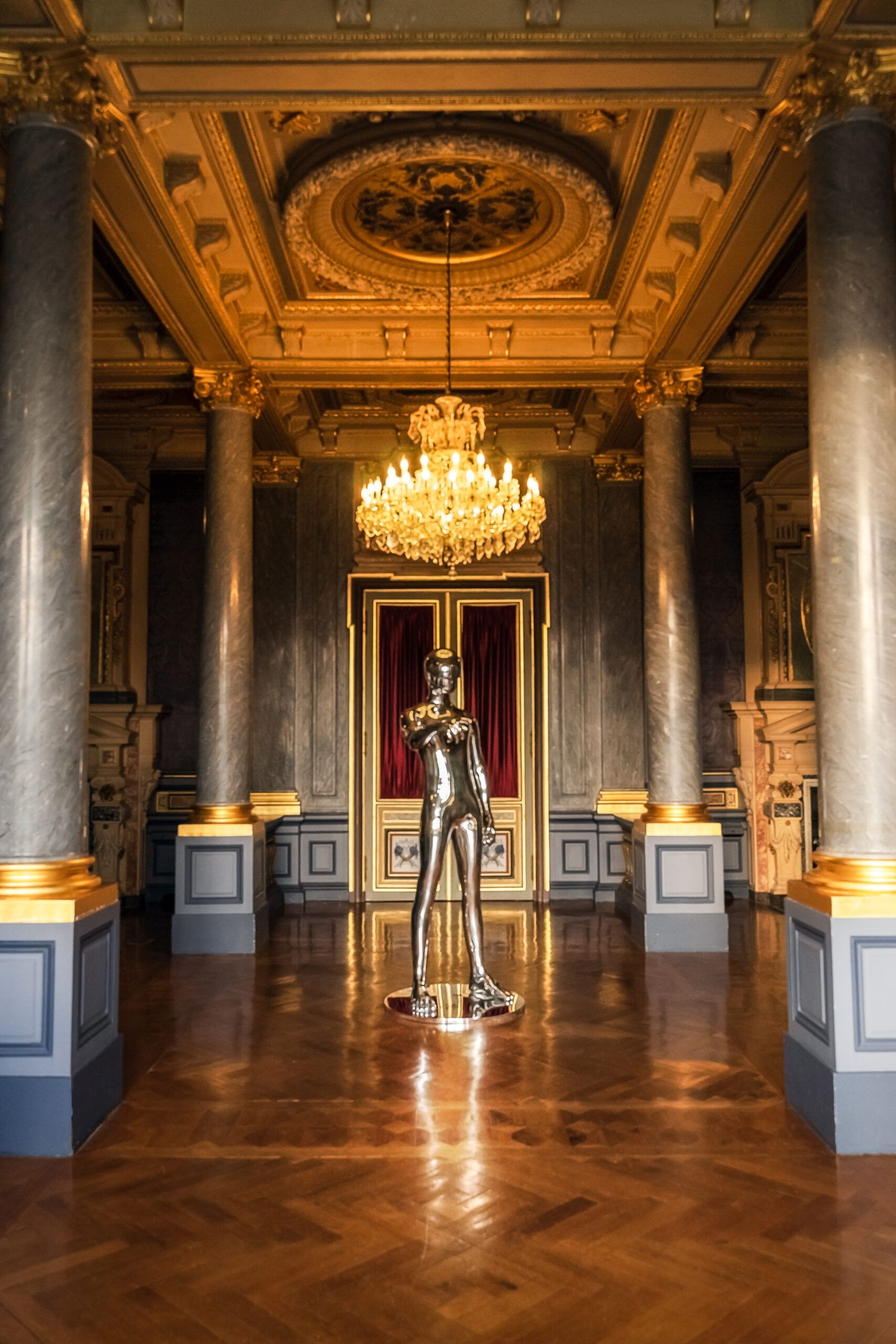
What was your childhood like and why did you want to become an artist?
The process begins with the accumulation of knowledge about which I wish to express myself through the sculpture because I need to be able to be as far-sighted and objective as possible and not fall into subjectivism and emotions.
How has your family supported your art career?
My family supported my art career when they allowed me to make a solo exhibition in our pop-up art gallery in the heart of Paris (Saint-Germain des Prés) where many famous art galleries are. When I finished the sculpture, this gallery was the first public place I showed Demiurge for a 2-week solo exhibition.
At what age did you start creating sculptures and what was your first sculpture?
I started working on my series Human Condition 5 years ago when I was 22 years old. Before I even started the sculpting process, I had to study a huge amount of theory, philosophy, and history to create the 12 steps. I only started to work on the sculpting part 1 year ago with the creation of the first step, my Demiurge sculpture.
What school/university did you go to and did you study art?
I studied at University Paris Sorbonne in art history. Afterwards, I decided to become self-taught.
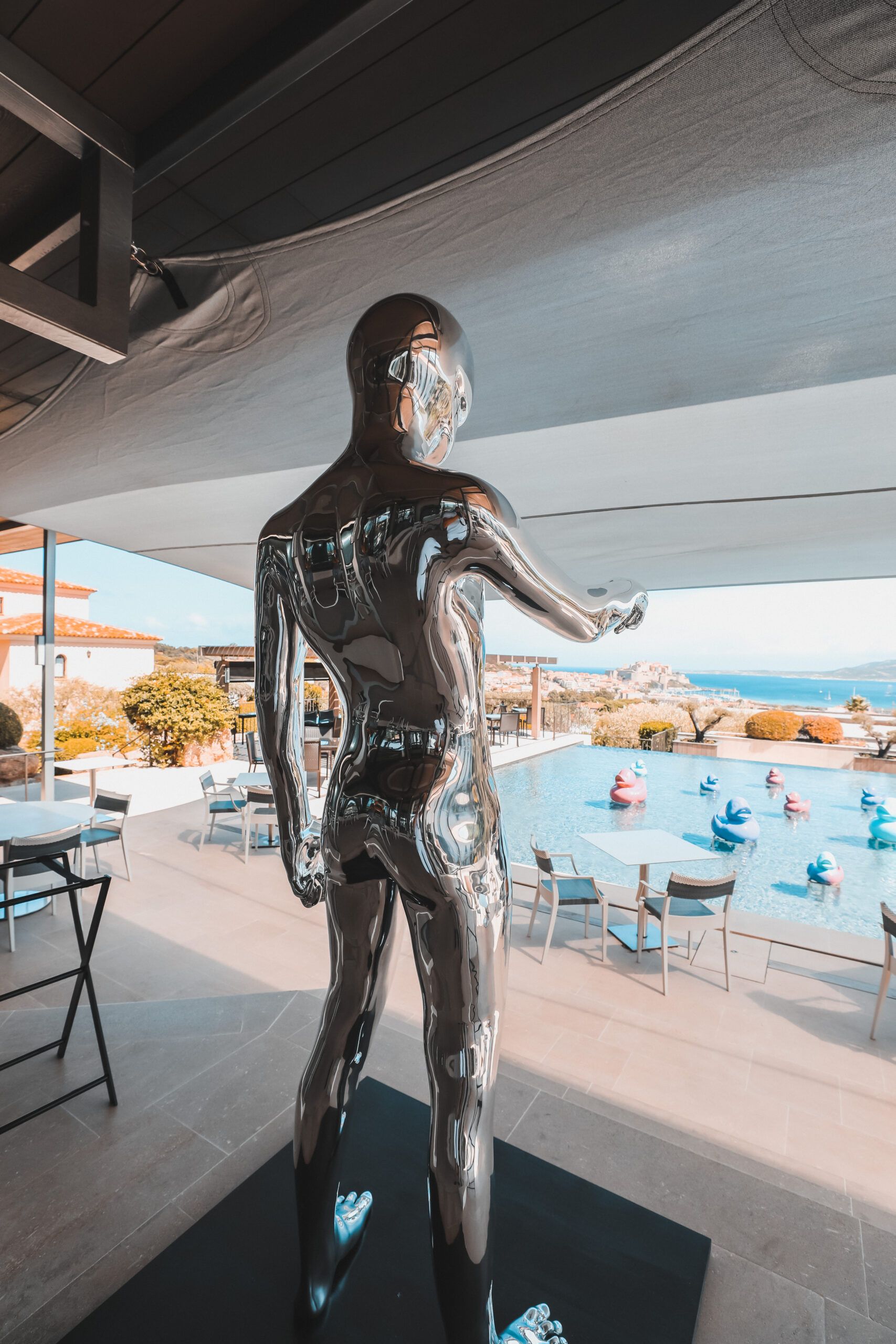
What inspires you to create sculptures?
I draw the biggest part of my inspiration from my readings. I am rather eclectic and love reading philosophical, sociological, and anthropological essays. I deeply enjoy reflecting on the world and the human condition. It is in books that I source my inspiration. Making the invisible human condition visible is a challenge and a satisfaction for me. My duty is to endeavour to bring a new concept to the art world by spreading a humanistic knowledge and reflection in a comprehensive way thanks to the figuration.
Which sculptures from other artists do you like?
Personally, Fountain by Marcel Duchamps is the greatest sculpture ever made, not in a aesthetic way, but because of what he was able to bring with it. The concept of what art is has been totally overturned and, since that creation, no one is really able to say with certainty “what is art”, but me, with my Human Condition 12 Steps, I challenged myself to answer this question.
What are your favourite art galleries?
My favourite art galleries are Perrotin Gallery, Galerie Bartoux, and Opera Gallery.
How do you put a value on your artwork like Demiurge?
The best way to promote your artwork is to know exactly what you are dealing with and why you are dealing with it. I know that my series is very focused on the intellectual part, so I do my best to make this part as understandable as possible and as popular as possible. Everything about its enhancement in terms of aesthetics, I chose very atypical and different places for each exhibition or photo shoot. This makes it possible to exploit the environment as much as possible and thus make it shine through the mirror effect of the material.
Has your work been in any galleries? If yes, which ones?
My work has been in a pop-up art gallery in Saint-Germain-des-prés called Paris Art Galerie and in Lavillart which is the art gallery of the La Villa Calvi Relais Château. Also, I made an exhibition in a castle called Château de Ferrières.
What’s your advice for young artists trying to enter the art scene?
I am young and started only 1 year ago. But the best advice I can give are three words: Passion, originality, and determination. When passion and originality meet determination, nothing and no one can stop the glorious destiny of this tripartition.
Website: https://www.nicolasdobkine.com/
Instagram: @NicolasDobkine

